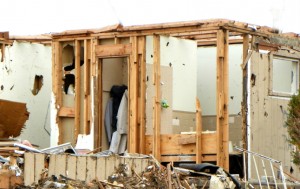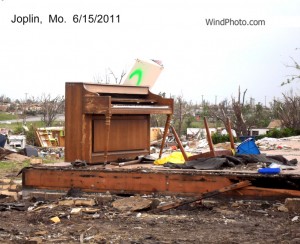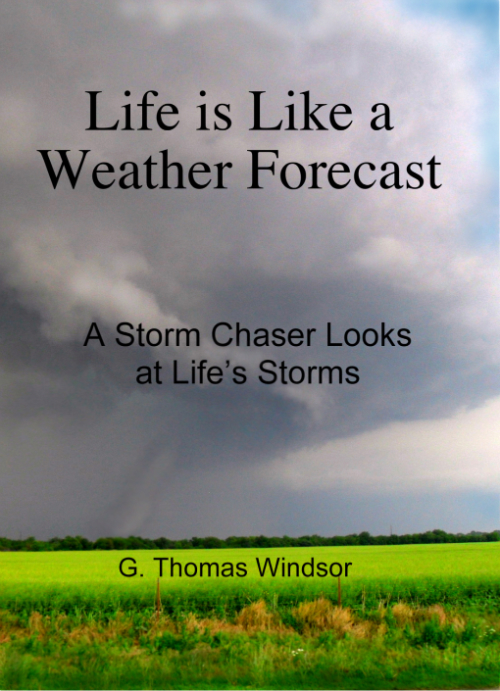Archive for January 2012
2011 The “Why” Behind the Deadliest Year for Tornadoes since 1925 (rethinking the degree to which weather has been “tamed” )
The tornadoes of 2011 raised the toll of people who have died in U.S. tornadoes to 552. It goes down as the highest recorded death toll in a single year in over 75 years. This compares to 564 U.S. tornado related deaths in the last ten years combined !
The severe weather events of 2011 will be remembered along with the fatalities of 1953 (519) and is just behind 1925 (794).
It begs the question “How can it be?” with all the incredible advances in forecasting and warning systems, that there was such a high number of fatalities? The overall yearly statistics show a wonderful downward trend of fatalities, due to better forecasting and public awareness.
Yet, there were 552 deaths and thousands of lives shattered and scattered like the debris field of an F5 tornado.
Here are some reasons to consider for this and other major weather disasters.
1- Stating the obvious, a severe weather event is random, chaotic (non linear) by its nature. It will always have some degree of unpredictability. The major fatality weather event is a statistically “just so happen” occurrence. To have those “just so happen” days just so happen 2 or 3 times in one season as opposed to perhaps a few every decade is rare. Though it could be argued the overall large scale persistent, weather pattern of that season would raise that probability.
2-Though we can’t attribute Climate Change to specific events, there is increasing data that shows that it is a factor that increases the likelihood of such extreme severe weather events in the overall long term trend. The extreme event becomes statistically less ” extreme”.
3- There are also “perfect storms” of circumstances and human reaction/miscalculation, and disaster response system weaknesses. It’s not just about the track and intensity of these “perfect” (F4, F5) storms themselves.
There is a dynamic of how these large-scale dramas are played out, be it in Joplin or Tuscaloosa or any other major city. It involves the many thousands of people making split second decisions. It’s how people process the warnings ; the woman at the Walmart, the trucker on I-35, the poor soul watching T.V. warnings at their mobile home in its direct path. Frantic phone calls are made as the forecast media pleads and as citizens scramble to take shelter. The chasers on the other hand converge on the storm as anxious fearful people looking for which escape road to take and spread out in a diffluent pattern.
The NWS included four “social scientists” on the assessment team to study what happened for the shortcomings this year (Historic Tornadoes of 2011). The social scientists looked at people’s understanding and reactions, which seemed to be a major factor, and how the event was outworked with media, emergency managers, and the public.
Imagine if one could quantify and colorize all the “data” of people’s understanding and actions/reactions, and the mass movements in the fog of confusion in these type of weather emergencies. It would probably take on a “form” if it were possible to see it on a screen. I think the human responses/actions in those situations would have the appearances of some chaotic storm, like the kind produced by the atmosphere itself.
The science of weather forecasting ,of those who have labored for years has made great strides. I am not trying to rain on that parade of success here, but I think we have to rethink what it means to really tame the weather beast. This especially in light of the social science of how people respond.
The year 2011′s tornado fatalities is a reminder that we are not quite out of the bear’s cage yet.
Hopefully, the foreseeable/predictable patterns of the ultimately unpredictable, are getting better understood and the deadly affects can be mitigated.


